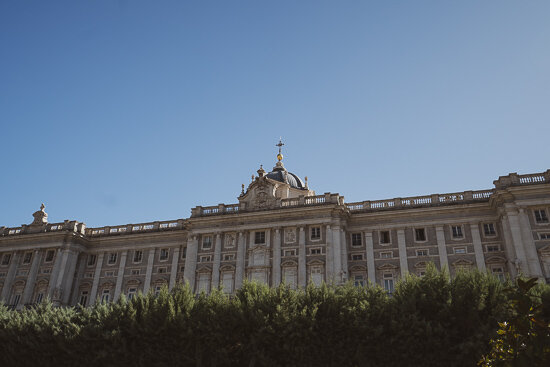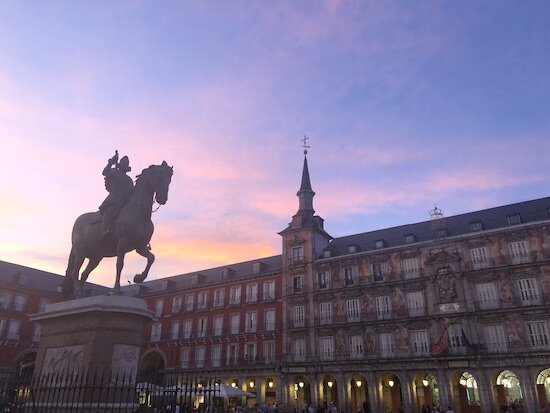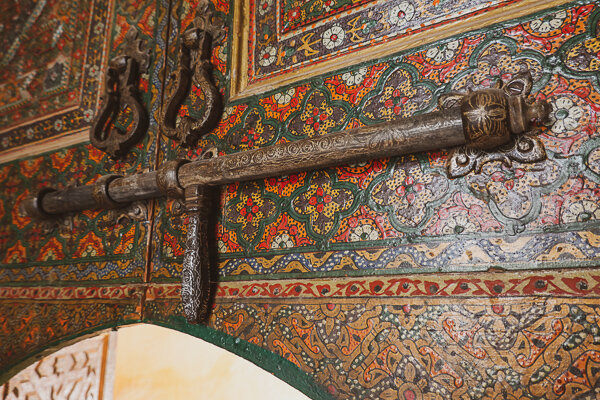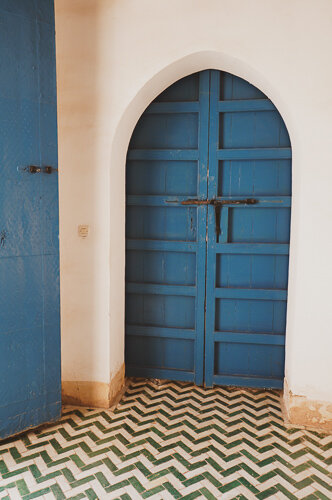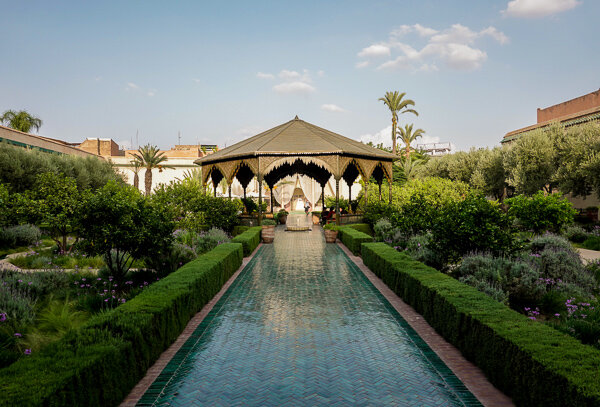Bwindi Impenetrable Forest
Did you know there are only around 1,000 mountain gorillas left in the world? We sure didn’t until we arrived at Bwindi Impenetrable National Park in Uganda.
In fact, as of late 2016, only 880 known gorillas remained in the wild. Fortunately, a more recent census indicates that the area’s conservation efforts are working, and the overall population of mountain gorillas is growing! The unofficial number (for now) is somewhere right around 1,000. Still, the primates are highly endangered and remain subject to poaching as their natural habitat has severely dwindled.
While Bwindi is home to about half of those gorillas, the remaining ~500 reside in two other National Parks within the bordering countries of Rwanda and the Democratic Republic of Congo.
We trekked in an area called Nkuringo, an impoverished village whose checkered history involves a community of indigenous people, the Batwa, being removed from their land in favor of preserving the gorillas’ natural habitat (the Bwindi forest). We stayed at a hotel called the Clouds Mountain Gorilla Lodge, which was beautiful and perfectly located just around the corner from the Ranger’s station where our hiking began.
The Batwa People
The day we arrived, we had the chance to go out into the local village and interact with a group of Batwa people. We really appreciated our hotel staff giving us a heads up that these tribal people were at one point referred to as “pygmies,” but that word is no longer considered politically correct. Unfortunately, about 30 years ago, the government forced the Batwa people to leave their home, the forest, in order to protect the mountain gorillas habitat, which had itself become increasingly endangered. The Batwa were not a direct threat to the gorillas (they didn’t hunt them), but the forest became a national park, which subsequently stipulates that no humans can live there.
Before being forced to leave, the Batwa people lived entirely off of the forest and survived off of its natural supply of medicinal plants, tools, food, and shelter. The move to a new village on the outskirts of their old home, along with the need to find a job to survive, constituted a hardship to say the least. These days, it seems like they’ve integrated into the broader Ugandan community with many occurrences of intermarriage, but they still have a long way to go. We enjoyed learning about their history, and as the tour concluded, we made sure to buy some of their handmade trinkets as souvenirs in hopes of supporting their community.
Fun fact: the Batwa people are, on average, the shortest group of human beings in the world! Here’s a cool video Elizabeth posted on Instagram of the group of Batwa people dancing and singing!
The Gorilla Trekking Experience
First thing in the morning, equipped with 4 water bottles apiece, we strolled from our lodge over to the visitor center. There, at the very top of the mountain, we met all of the folks involved in the trekking experience. This included park guides, armed military (security), about a hundred porters (hoping to be hired for the day), and the other eager tourists who were there to see the gorillas. We had a briefing by the main guide, everyone was assigned a porter (for hire), and we split up into groups of 8-10 visitors (two armed guards and each of our porters joined us for the duration of the hike, of course!). From there, we were off!
The trek itself was absolutely grueling. We climbed down an entire mountain, trekked into the forest, up and down ensuing mountains, and even across streams from time to time. For the majority of the first day, we experienced a torrential downpour. For probably five of our seven hours out in nature, we got completely drenched.
The distance we covered was pretty outrageous and the elevation change made us sore for days afterwards. Lucky for us, we made the customary decision to hire a porter for each one of us to join us on the trek. These guys are locals from the village who carry your daypacks and lend you a hand (or two) as needed along the hike. Lifesavers!
Another lifesaver that we weren’t fully aware of initially was that a small group of machete-wielding trackers had set out into the forest at daybreak. So, with several hours’ head start on our group, the trackers were down in the forest, hunting for the gorillas’ location. Using handheld radio transmitters, our guide communicated with the trackers as we made our way farther into the forest. This made navigating a breeze – or it was supposed to, at least. Our trackers never were able to actually find our assigned family of gorillas, so we made an executive decision as a group to deviate from our trail and trek over to one of the other two families of gorillas in our area of the forest. As a result, our trek got a hell of a lot longer and harder.
Finally, around the four-hour mark, we learned that we were about ten minutes away from the family of gorillas! Our guide asked us to drink all the water we’d need for the next hour and to get our cameras ready. Before long, our guide began quietly ushering us one-by-one around a thicket of trees and into a clearing where we met the trackers for the first time. Just over a small hill from there, we stepped forward with our cameras and saw the mountain gorillas!
It’s nearly impossible to use words to describe how cool the feeling was once we finally made it there. Just before us, in the pouring down rain, sat a large family of about ten gorillas! They were scattered about throughout the clearing – some were eating, a couple were cleaning each other, and a momma was even protecting her little baby from the cold rain! The big daddy silverback was easy to spot and after a few minutes he did a semi-aggressive walk straight through where our group was standing. Thankfully, the guides were sure to pull us back as it became clear he was about to move (although Mike, of course, was ready to defend Elizabeth to the death, if need-be).
Here are a bunch of photos of the experience!















































